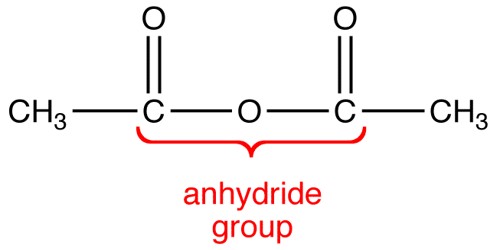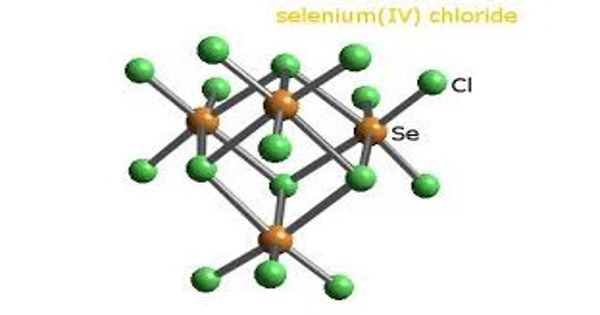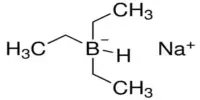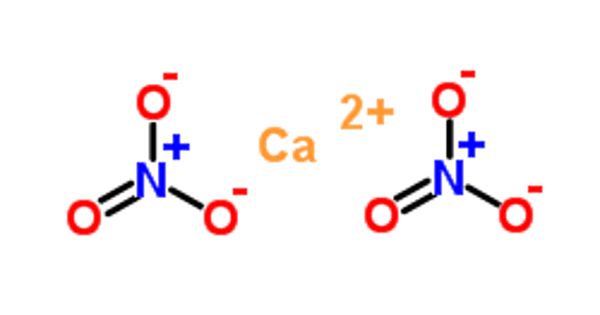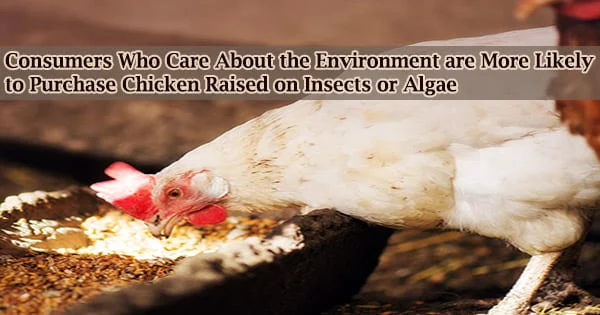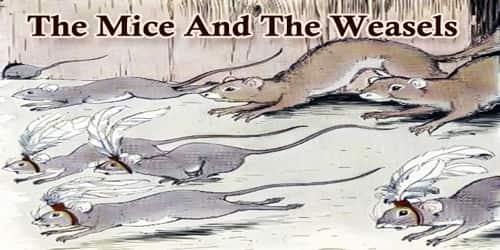Sodium Hypochlorite is an unstable compound composed of sodium and hypochlorite ions. It is a chlorine compound often used as a disinfectant or a bleaching agent. It is stable in solution, though. It is light green and has the chemical formula NaClO (or NaOCl). It appears as colorless or slightly yellow watery liquid with an odor of household bleach. It is a strong oxidizing agent.
It is generally used dissolved in water at various concentrations. In the textile industry, it is used to bleach textiles. It is used to disinfect (kill bacteria) and as a bleach to remove stains from clothing. It is a compound that can be effectively used for water purification. It is not good for cotton because the sodium hydroxide normally contained eats away the clothing fibers. It is the main ingredient in laundry bleach. It reacts with acids to produce chlorine. It is used on a large scale for surface purification, bleaching, odor removal, and water disinfection. It is used extensively as a bleaching agent in the textile, detergents, and paper and pulp industries. In food processing, it is used to sanitize food preparation equipment, in fruit and vegetable processing, mushroom production, beef, poultry production, and fish processing.
Characteristics –
- Sodium hypochlorite is a clear, slightly yellowish solution with a characteristic odor.
- It has a relative density of is 1,1 (5,5% watery solution).
- It is unstable.
- It is strong oxidation and reacts with flammable compounds and reduction.
- This solution is a weak base that is inflammable.
Advantages
- It can easily and be stored and transported when it is produced on-site.
- Transport and storage of sodium hypochlorite are safe.
- It is as effective as chlorine gas for disinfection.
- It produces residual disinfectant.
Disadvantages
- It is a dangerous and corrosive substance, safety measures have to be taken to protect workers and the environment.
- It should not come in contact with air, because that will cause it to disintegrate.

